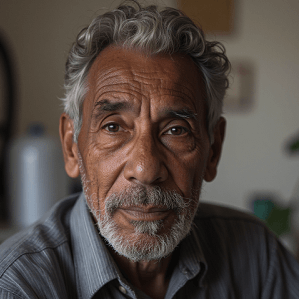The dramatic improvements in cardiovascular health across the United States over the past several decades have primarily benefited the wealthiest segments of the population, according to a new study published in the American Heart Association journal Circulation: Cardiovascular Quality and Outcomes.
The analysis, which examined data from 26,633 U.S. adults between 1988 and 2018, revealed that while overall cardiovascular risk decreased, the gains were concentrated among higher-income groups. For those with the lowest incomes, the risk of having a heart attack or stroke within 10 years actually increased from 8.1% to 8.7%.
Lead study author Dr. Adam Richards of George Washington University said, “The large reduction in cardiovascular risk – one of the main accomplishments of clinical and public health in the U.S. over the past half-century – was a benefit that was not equally shared.”
By the end of the study period, people at or below the poverty line faced a 70% higher risk of cardiovascular events compared to those with incomes five times higher, widening the gap more than eightfold since the late 1980s.
Dr. Debra Dixon, a cardiologist not involved in the study, emphasized that these disparities often result from structural racism and social determinants of health. She called for policies that “support the opportunity for everyone to live a healthy life.”
The findings suggest that cardiovascular disease should be part of the conversation about declining life expectancy trends among lower socioeconomic groups, alongside “deaths of despair” such as accidents and overdoses.
See “Nation’s heart health success story not written for everyone” (April 3, 2024)



